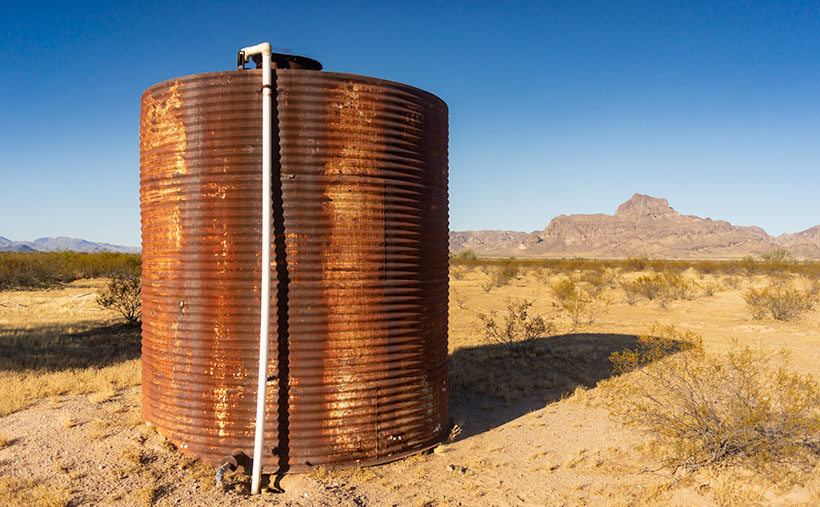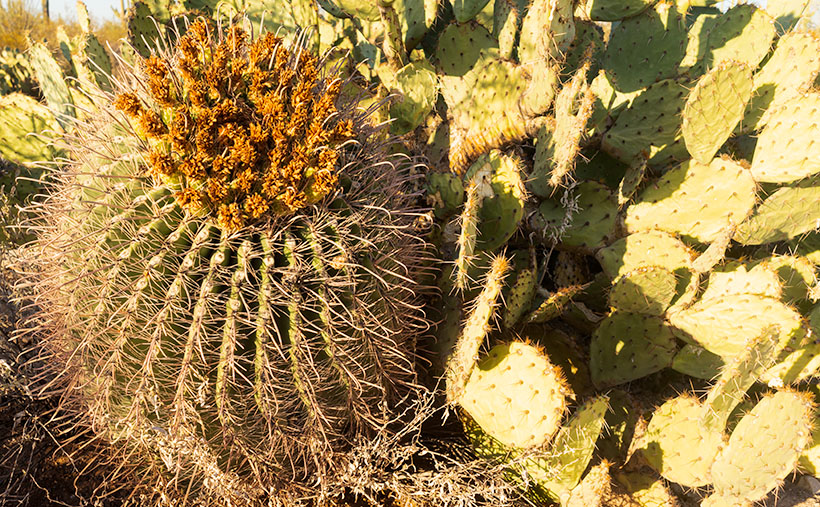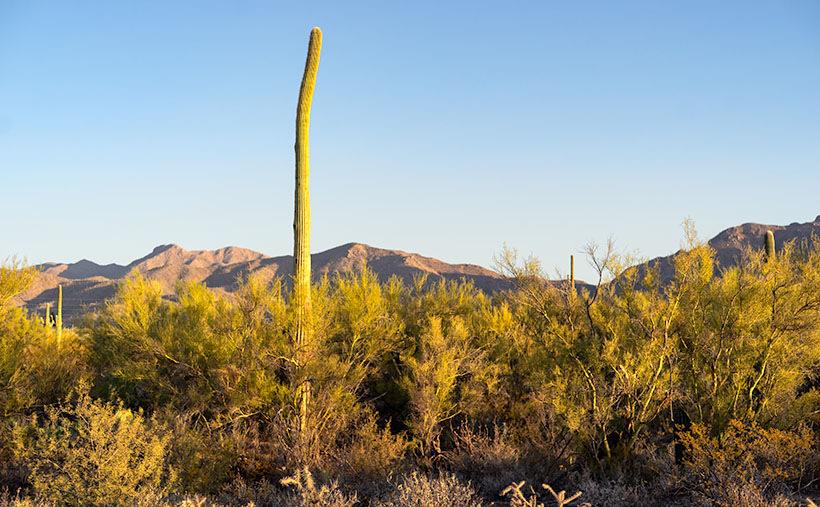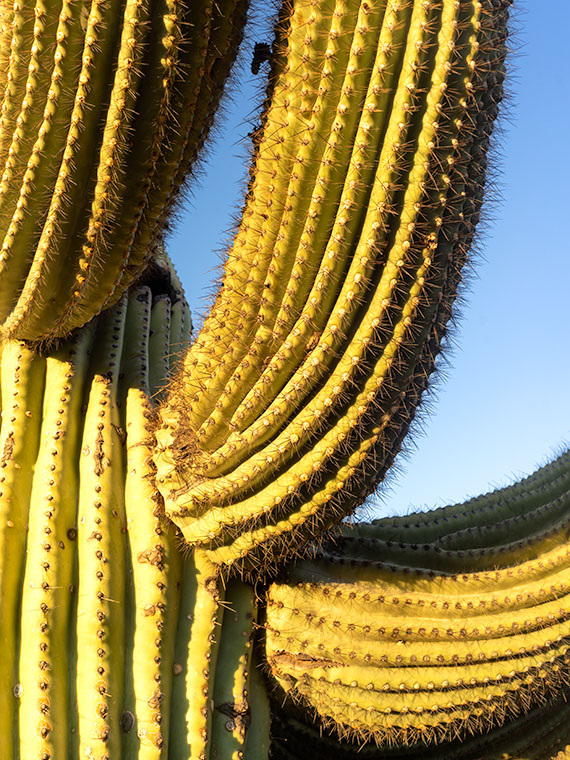After five years of retirement, I realize I slowly get things done by putzing. As I grow older, I don’t have a young person’s stamina, so I limit how much time I work in my shop or office. I am organized about it. I have certain days that I do things. There’s wood-Monday where I work in the shop; music is when I manage my music catalog; web- Saturday is when I update my website; and today—blog- Sunday—I write my posts. Each week’s highlight is dump-Thursday when Queen Anne rewards me for taking out the trash by treating me to Eggs Benedict at Nichols.
The remaining days are our weekend. Like the rest of America, we go shopping, on photo outings, visit our ever-growing list of doctors, and do chores around the house—if I must. I can also appropriate these days if I need more time for another priority. So, I’ve organized my interests into neat little day-packets. That way, I get to play with all of my toys. That’s important because if I don’t use them, Anne has threatened to haul them off to Goodwill. My system keeps me busy, yet there’s plenty of time for naps.
Imagine how frustrated I get when a week—like this one—comes along and upsets my routine. With this month’s I-10 project, I must go out each week to get a new shot. I planned to go out on Tuesday, but afternoon clouds moved in. Wednesday, it rained, so I swapped it with music Friday because Anne wasn’t here to gripe. The clouds remained on Thursday, but that didn’t stop me from going to the dump and buying my breakfast (there was hell to pay when the restaurant staff wanted to know what I’d done to Anne). Friday was still dull and gray, and I’d already done music Friday on Tuesday, so I had to sit on my hands. I needed a picture for Saturday’s update.
Yesterday, I set the alarm for 5:00 a.m. and drove down to Courthouse Rock in the dark. I repeated a mantra as I went, “Please let there be good light. Please let there be good light.” When I arrived, I was rewarded with high clouds, but the eastern horizon was clear. I only had about an hour to shoot as clouds were already gathering. This is the shot that I liked the best; I call it Courthouse Rock.
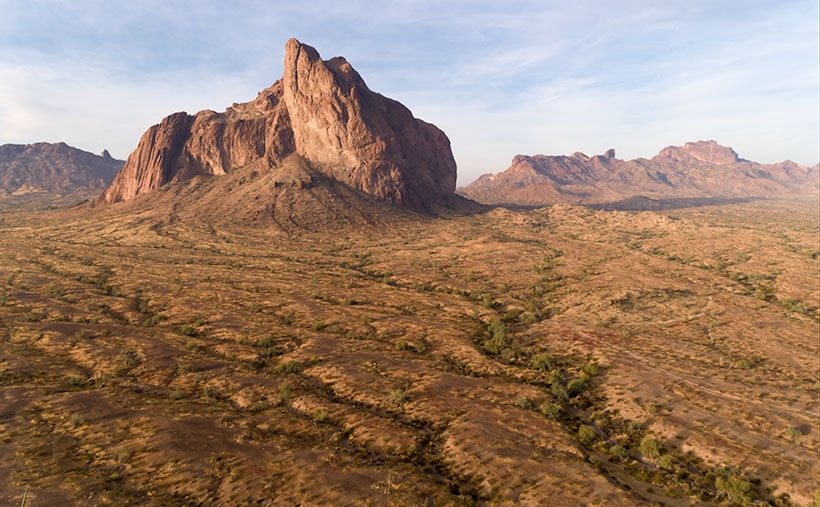
The rock is the northeast corner of the Eagletail Mountains Wilderness west of Tonopah. You can see it on the south side of Interstate 10, less than a half-hour drive from the truck stop. If you take the dirt roads—as I did—the time doubles. The road in the lower right section of the photo gets closer, but I was running out of the golden light. I was still a mile away from the rock when I took this photo.
Courthouse Rock is well known to rock climbers, so it gets a lot of worldly visitors. As I left, at least a half-dozen SUVs loaded with people were on their way to the Courthouse. The vertical wall that looks like a curl from a Dairy Queen machine presents a challenge similar to Yosemite’s El Capitan. Besides the height, the most remarkable difference is that California’s is granite (lava that cools slowly underground). At the same time, ours is Rhyolite (thick air-cooled lava squirted out of an ice cream machine).
You can see a larger version of Courthouse Rock on its Web Page by clicking here. Next week, I’ll present another of my favorite I-10 landmarks. Because it’s sunny and clear today, I’m going out to shoot it this afternoon—none of this last-minute panic for me. Of course, it will have to wait until after my nap.
Until next time — jw

